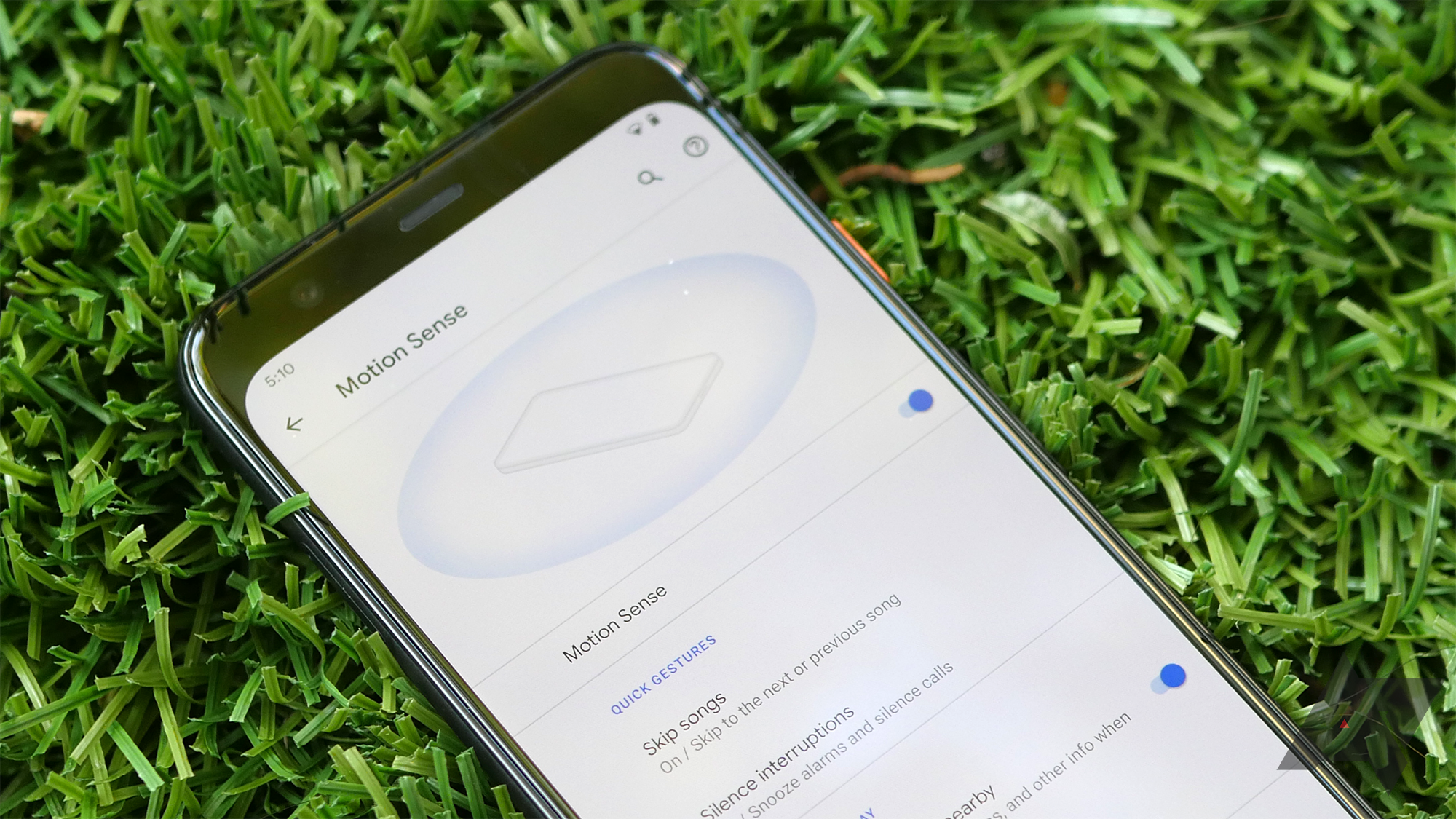With Pixel 4 units in hundreds of hands, we've seen divisive reports about its new Soli radar technology and Motion Sense. Our own Ryne and Scott say it works more or less for them, but they fail to see its utility just yet, while Marques Brownlee showed how unreliable it is for him (YouTube). Here's an unexpected opinion though: Artem loves it and it works very well for him.
Our fearless leader, who's notorious for breaking things and experiencing every bug and issue in any technology he touches, has shared one of the best Motion Sense demos yet. His gestures work almost all the time. In a 70 second video, only two out of 40+ attempts fail to register, a remarkable success rate. It's an unforeseen twist on #artemsluck, and we've reached out to Google for comment on this. There must be something really wrong with his unit if it's doing what it's supposed to, ha!
Seriously though, just watch the video below. Artem explains that it's better to reach for the top of the phone, where Soli's chip is. You can do grand circular motions or swipe sideways, but what works even more reliably is just flicking or flinging the palm of your hand, without doing the full arm gesture.
Artem also shared two more videos, showing off Motion Sense's music gestures while the phone was locked and then when it was unlocked but other apps were open. The radar always looks for the motion and triggers the corresponding action; you don't need to have the screen on and Spotify or Play Music in the foreground for that. I find these are the most interesting use cases. I want to flick my wrist to control music when I'm cooking or driving or even when my phone is near me on my desk, but without needing to unlock the display first or switch to the proper app.
Music controls aren't the only interaction provided by Motion Sense. You can also silence alarms and calls, and turn on the ambient display when you reach for the phone, but the hope is to see it

